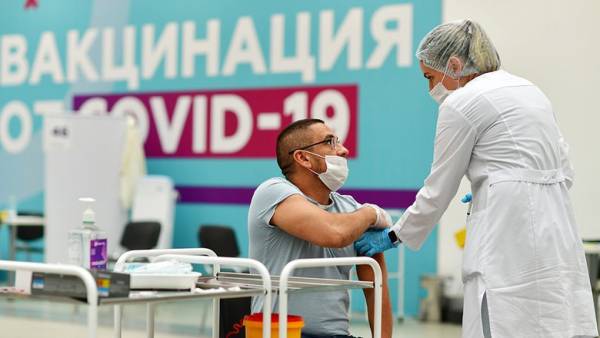
Golikova said on December 30 that 78.6 million times had been vaccinated with the first component in the country, and 74.5 million times had been vaccinated with the full cycle.
“We already have four leading regions where the level of [collective immunity] has exceeded 80%. These are Sevastopol (90.2%), St. Petersburg (80.9%), Chukotka (80.7%) and Karelia (80.4%),” Golikova added.
According to her, the Republic of Tyva (78.1%) and the Moscow Region (77.2%) are also approaching the 80% mark.
The deterioration of the COVID-19 situation over the week was recorded in seven regions of Russia: Vladimir Region; Karachay-Cherkessia; Bashkiria; Tyva; Sverdlovsk Region; Khanty-Mansi Autonomous Okrug, Chukotka Autonomous Okrug.
At the same time, the epidemiological situation has improved in 13 regions of Russia, including the Kamchatka Territory, Buryatia, Ingushetia, Mari El, Mordovia, Khakassia, Chuvashia, as well as the Voronezh, Kemerovo, Magadan, Moscow, Rostov and Volgograd regions.
President Vladimir Putin said on December 28 that the level of collective immunity in Russia needs to bring it up to 90%. He considered the current indicators insufficient.
At the beginning of 2021, the head of the Ministry of Health, Mikhail Murashko, spoke about the need to reach 60% of the immunized adults in Russia. Later, the operational headquarters came to the conclusion that the level of collective immunity should be increased to 80%.
In November, Golikova said that it was desirable to increase the level of collective immunity to 95%, but added that so far the Russian authorities are trying to raise this value to 80%.
Collective immunity is the formation of a stratum of the population with immunity to the disease, sufficient to prevent further spread of infection.